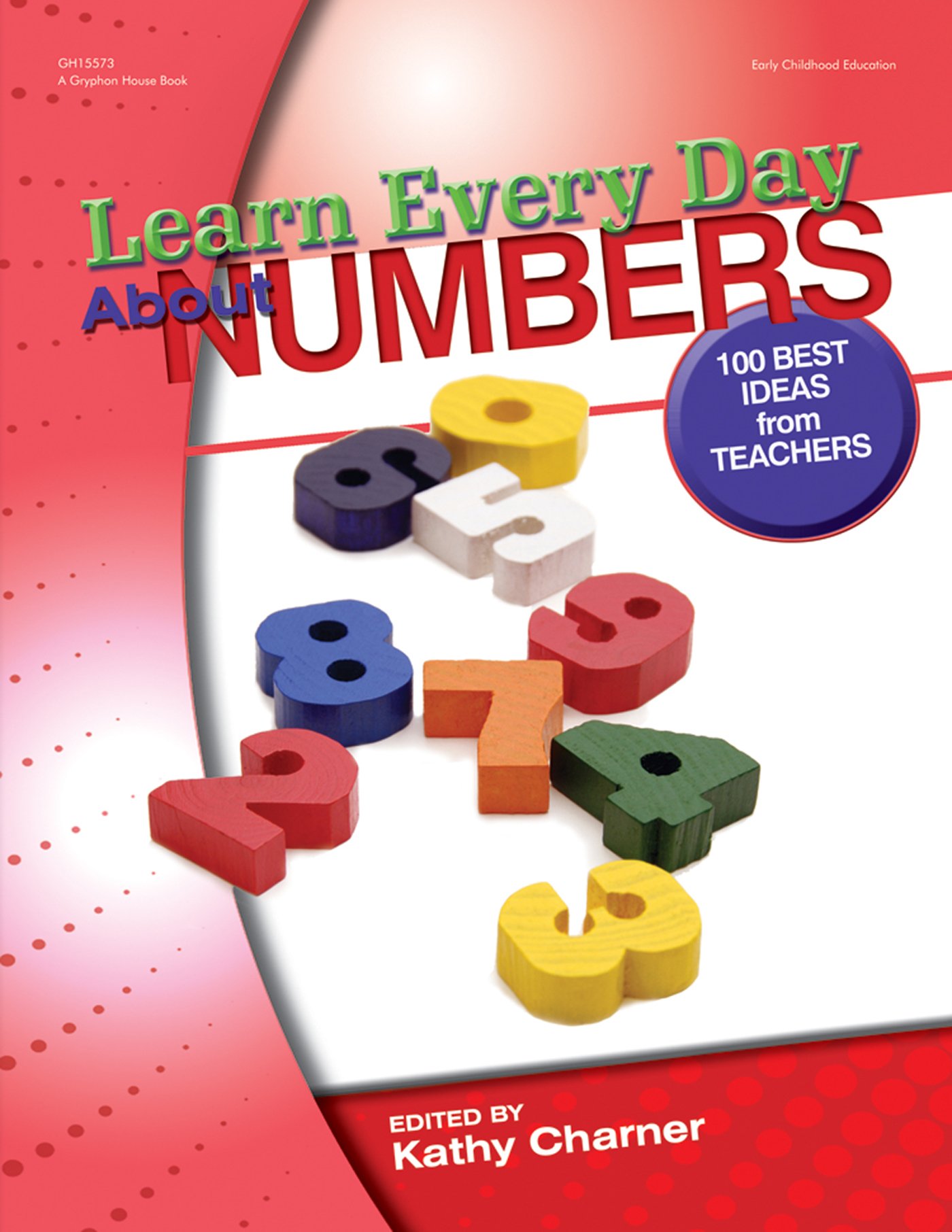Materials
supply of toy animals (stuffed, plastic, wooden)
for children who do not bring one from homeInstructions
Beforehand, send a note home to families, asking them to let their children
bring in a toy animal.
What to Do
1. Ask the children to sit in a circle with their animals in front of them.
2. Provide a toy animal from your supply for those who did not bring one to class.
3. Ask the children to look at all the animals, and ask which are biggest and
smallest. This is usually a huge stuffed toy and a tiny plastic animal. Put these
animals at opposite ends of the workspace.
4. Encourage the children to choose the next biggest animal, until you have a line
of animals sorted according to their size.
5. Give the children as much help as is appropriate for their age. If they are
having difficulty, ask the children to compare the animal to the last in the line
and ask, "Is your animal bigger or smaller than that one?"
6. Count the number of children in unison with the class.
7. Ask the children if there are more, less, or the same number of animals than
children.
Assessment
To assess the children's learning, consider the following:
* Can the children make correct size comparisons?
* Can the children count up to the correct number of children?
* Do the children understand the size comparison terms?
* Can the children estimate that there will be the same number of animals as
children?
